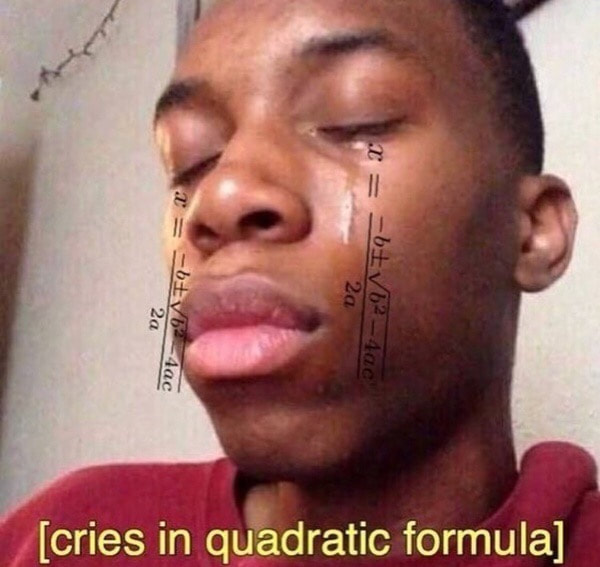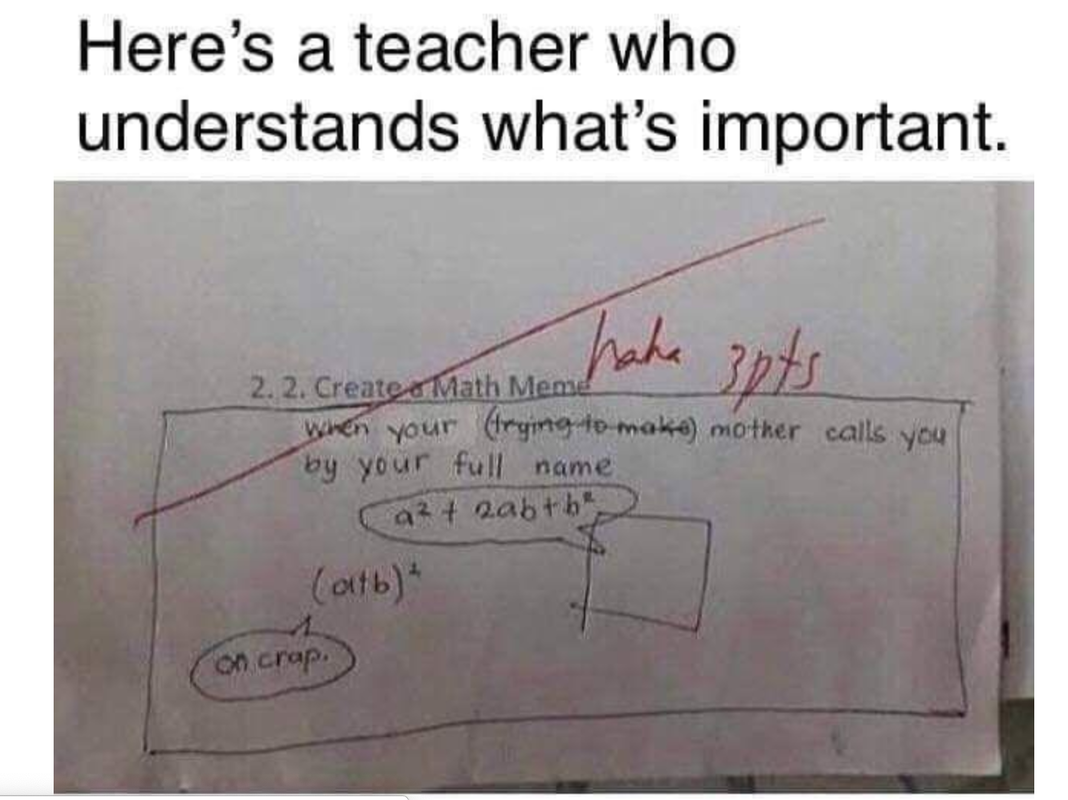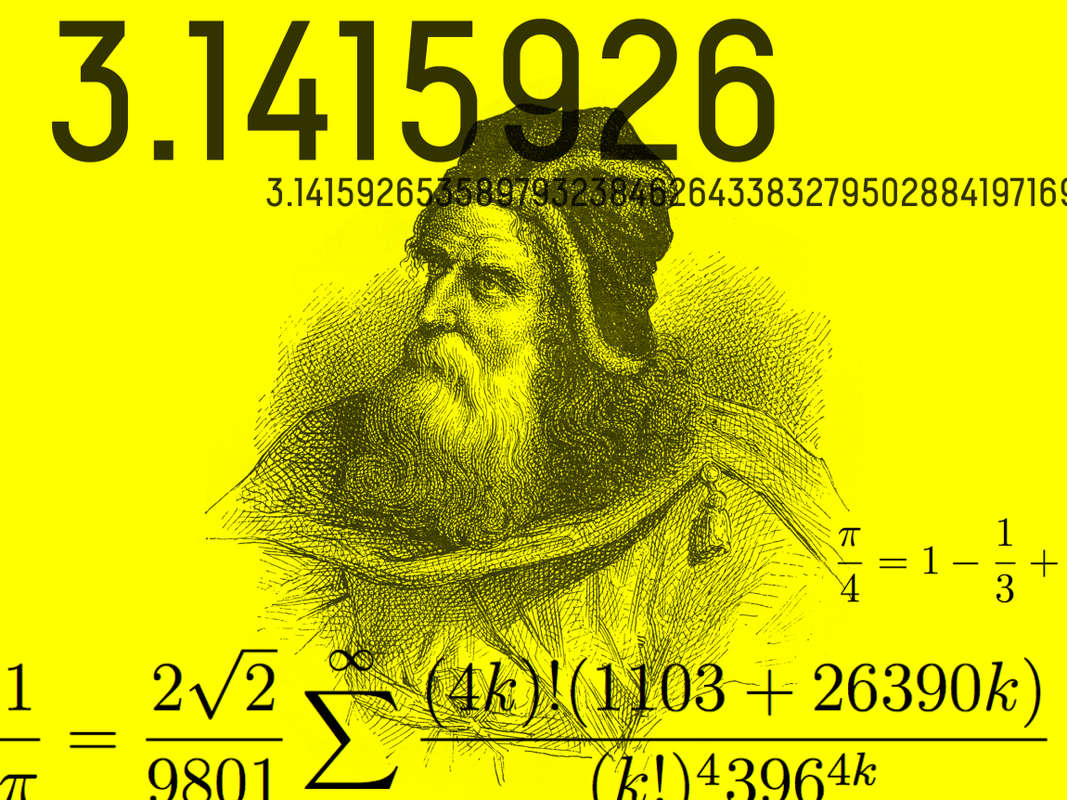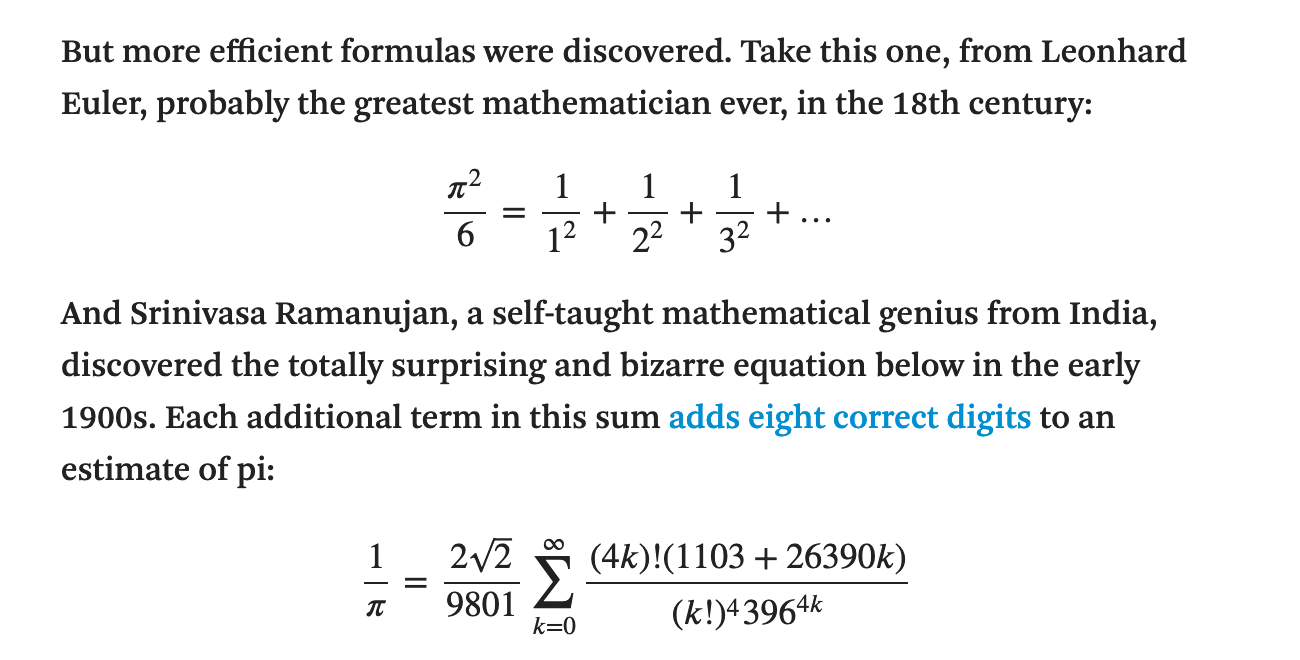The first time I taught Minh Anh was a very unique situation. Minh Anh was in grade 9 and had demonstrated mastery of the Math 9 and 10 curriculum. As such, the decision was made to move her to a PreCalculus 11 class. Unfortunately, there were no classes that fit with her timetable. Our solution was to have Minh Anh come to my classroom during my Prep block. She learned all of the material on her own (using my videos) and would ask me for assistance / clarification when needed.
Minh Anh impressed me in so many ways during this experience. The level of responsibility and maturity she displayed (even as a grade 9 student) was incredible. Minh Anh rarely asked me for support and basically learned the entire course (a TOUGH course!) on her own. And, in spite of this, she ended up with an extremely high mark (like REALLY high).
Not only is Minh Anh an amazing student (that's her receiving one of her several Math Contest awards in the photo above) but she is also a great person. Kind. Interesting. Great sense of humour!
Thanks, Minh Anh, for all your great work in my class. I know that the future has big things in store for you and I wish you nothing but the best! Good luck, wherever you end up and whatever you choose to do!










 RSS Feed
RSS Feed